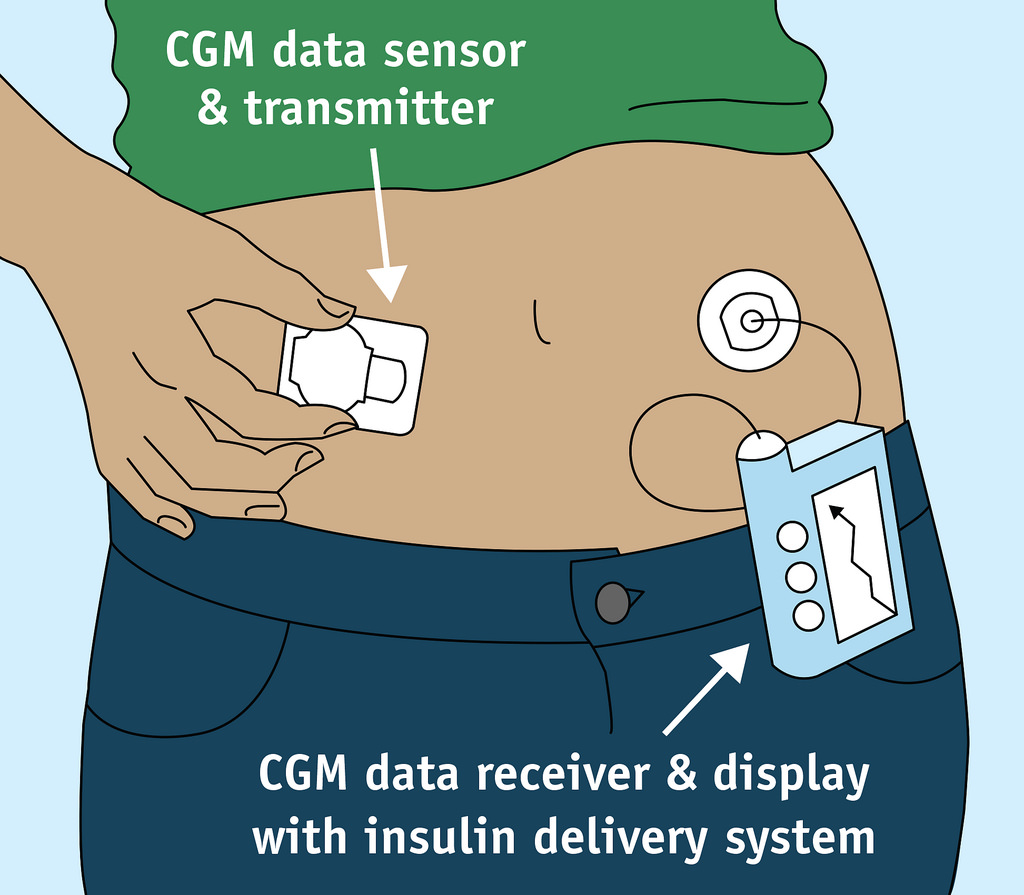Search
Research
Appendicular fracture epidemiology of children and adolescents: a 10-year case review in Western Australia (2005 to 2015)Increased fracture incidence in Western Australia between 2005 and 2015 identifies a concerning trend for bone health in children and adolescents
Research
Cyclical variation in the incidence of childhood type 1 diabetes in Western Australia (1985-2010)The objective was to examine the incidence of childhood type 1 diabetes in Western Australia from 1985-2010.
Research
Do different glucose levels at calibration influence accuracy of continuous glucose monitoring readings in vitro?The purpose of this study was to determine whether the accuracy of CGMs also improves if multiple calibrations are performed in vitro.
Research
Reducing Rates of Severe Hypoglycemia in a Population-Based Cohort of Children and Adolescents With Type 1 Diabetes Over the Decade 2000–2009The objective of this study was to examine rates of severe hypoglycemia (SH) in a large population-based cohort of children with type 1 diabetes and...
Research
Fatness, fitness, and increased cardiovascular risk in young childrenTo investigate the relationships between cardiorespiratory fitness and adiposity among young children, and their influence on a comprehensive cardiovascular ris
Research
Does commencement of a gluten- free diet improve blood glucose control in children and young people with Type 1 Diabetes and Coeliac Disease?If the gut becomes damaged it may not be able to process the foods that we eat as well as it used to. This may also affect how we look after diabetes.
Research
Aussi-AdDITInvestigating changes in retinopathy, aortic intima media thickness & heart rate variability, indicators of macrovascular disease & autonomic neuropathy

Research
Closed Loop Study – Day and Night Feasibility StudyA Closed-Loop System will potentially have a major impact upon acute and chronic complications of diabetes as well as upon their quality of life.
Research
Effect of blood glucose levels on the amount of glucose needed to maintain stable blood glucose levels during and after moderate intensity exercise in young people with type 1 diabetesDetermining if hyperglycaemia prior to and during exercise affects the amount of carbohydrate required to maintain stable glucose levels during/after exercise
Research
Epidemiology of hypoglycaemia in childhood-onset diabetes in Western AustraliaInvestigating the demographic, lifestyle and diabetes management factors associated with the incidence of severe hypoglycemia
